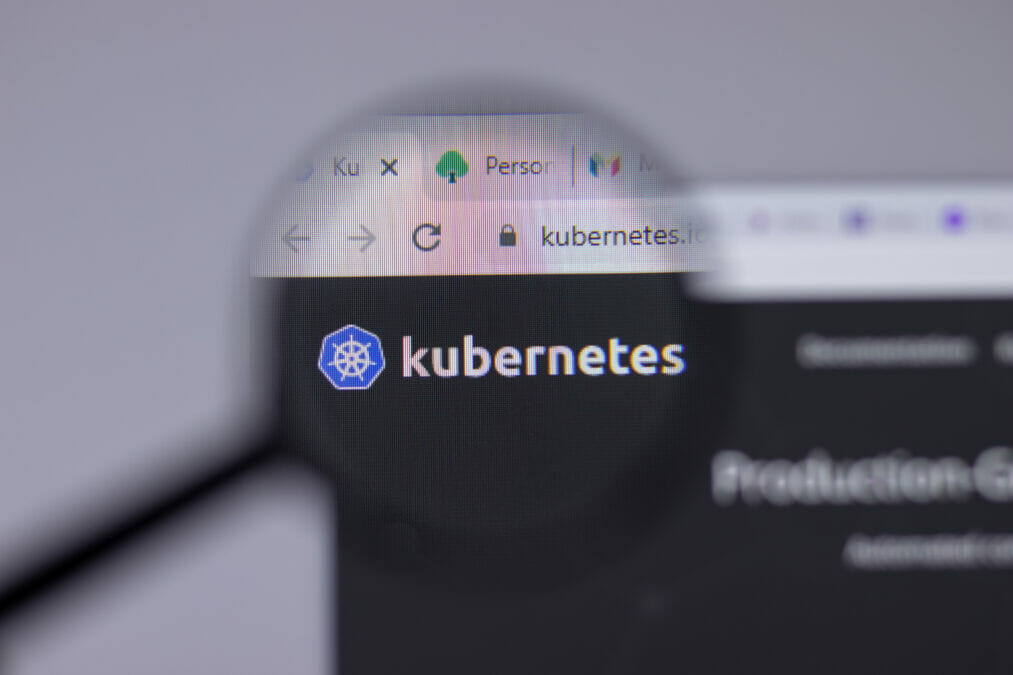Mainstream server-fuelled firms are all at interesting focuses in their centralised server DevOps roadmap.
We know this through the DevOps Transition Workshops we direct with clients; the DevOps information we gather from clients utilising Compuware zAdviser; and the understanding we gather from industry thought pioneers, investigators and accomplices.
Regardless of whether that implies your journey hasn’t started or you’re utilising CI/CD pipelines, you need to learn and keep on utilising the intensity of centralised server DevOps.
It’s fate that the change of DevOps begins with its own development, starting with an establishment that can really bolster DevOps completely. In this pre-arrange advancement, organisation executives and different staff members understand a requirement for better correspondence and coordinated effort and start fast flame endorsements to execute different bits of innovation to fill the hole. While this procedure may start hurriedly, it’s not something that can be practiced rapidly.
After some time, organisations start to calibrate their methodologies and alter innovation to meet their objectives. In the end, a stage is reached that can encourage DevOps all through the association. When this happens, associations are at a phase where they share thoughts, innovation, information, and measurements.
You may perceive a business in this stage, or possibly you’re in this stage yourself. It’s anything but difficult to see when organisations enter this progression since they start making expansive programming buys and actualising new practices rapidly.
What is DevOps? A complicated principle with transformational outcomes
1. Normalise tech stacks
In the main formal advance of DevOps development, organisations start to standardise their heaps of innovation. As teams naturally pick deft practices that suit them and start thinking about new strategies, you’ll have the capacity to distinguish this progression all the while. An essential tech marker of this progression is variant control. Groups actualise it and different practices that are viewed as beginning periods of a consistent mix. Normalising tech stacks may likewise look like diminishing repetition in the foundation or refactoring applications or software development services. The need to diminish excess comes in the bleeding edge in the following piece of the procedure, however, it starts in stage one.
How DevOps works in the enterprise
2. Standardisation
As taking out repetition comes into the centre, groups execute more practices outfitted at lessening fluctuation in a tech stack and institutionalising it. In this stage, DevOps groups will restrict the number of OSes as a type of union. Here, groups freely merging have the chance to team up. An overall objective is an institutionalised group of innovations that work inseparably to encourage cooperation and improvement exertion. This stage results in less by and large unpredictability, which gives groups a more prominent chance to work over numerous applications, making the best utilisation of their mastery.
DevOps vs Agile: pulling in the same direction in the enterprise
3. DevOps practices
Amid the past stage, standardisation happens while groups are investigating the inward activities of their stage innovation. As a side reward, they are truly becoming more acquainted with the framework. In the DevOps rehearses stage, groups change from essentially investigating the framework for having the capacity to make proposals and misusing it for DevOps. This is a decent time to assess torment focuses. Regularly, this profound jump approach expects associations to recognise any battles at the arrangement stage.
A typical issue is that the enhancements made in past strides of advancement have made engineers push toward organisation quicker than the arrangement procedure can bolster. This makes tasks bottleneck, causing issues. Tending to it quickly by executing extra DevOps rehearses at product delivery is basic. That incorporates reusing a similar delivery design again and again, and testing arrangement is preceding achieving this stage.
Why do we need DevOps? For the business and consumer
4. Automated infrastructure
With high-need results distinguished, mechanisation enables groups to end up progressively effective. The high ticket things frequently incorporate provisioning and frameworks arrangement. At the point when groups robotise foundation conveyance, they take care of the issue that happens when engineer throughput outpaces arrangement. That is the reason this is a significant subsequent stage after DevOps rehearses. In addition, computerising arrangement enables groups to convey programming quicker.
Mechanisation is a vital antecedent to self-administration. It’s the impetus for the last advance in the DevOps procedure. It animates self-administration, prompting more prominent productivity over an association.
Top DevOps interview questions and answers revealed
5. Self-service
In the administration stage, IT practice happens all through an association and may not be constrained to one cost focus. This takes into account progresses inside the association that streamlines self-administration. Cooperation in this last stage duplicates the advantages in past advances. The huge advances are completed when application computerisation rises above standardisation and advances to incorporate cloud movement and other larger amount forms. Security likewise advances from just gathering the quick needs of the group to make a gauge for consistency all through the association.
The DevOps engineer: fulfilling the software development life cycle
Before you go…
Any mainframe wired enterprises cannot afford to waste time in searching out routes. Organisations need to adopt DevOps and find a deeper inclusion in your cross-platform ecosystem that supports customer-facing innovation. In the end, DevOps cannot become a project with appropriate data completion as it is an ongoing journey which lets you invest in continuous improvement.

Nominations are OPEN for the Tech Leaders Awards, organised by Information Age and taking place on 12th September 2019 at the Royal Lancaster, London. Categories include CIO of the Year, CTO of the Year, Digital Leader of the Year and Security Leader of the Year. Recognise and reward excellence in the tech industry by submitting a nomination today










